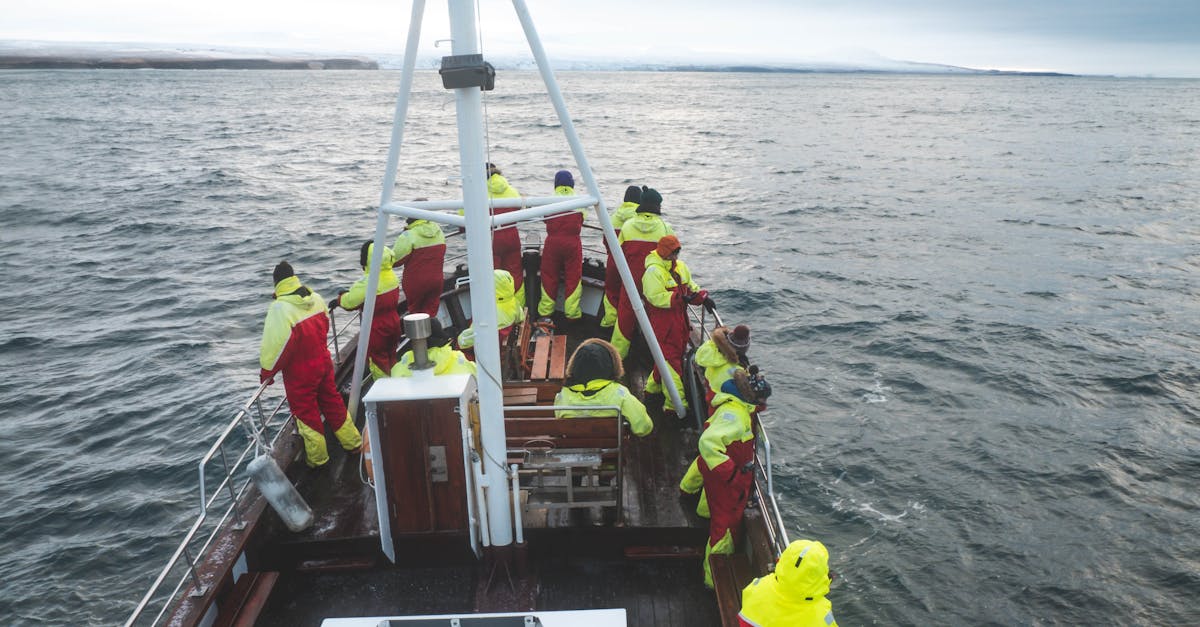Whale watching

Embark on an unforgettable journey to Alaska and witness the majestic beauty of whales in their natural habitat. Discover the thrill of whale watching as you immerse yourself in the breathtaking landscapes of Alaska’s pristine waters. Join us as we delve into the awe-inspiring world of these gentle giants and the unforgettable experiences that await you on your Alaskan adventure.
Best time of year for whale watching in Alaska

Alaska offers some of the most breathtaking whale watching opportunities in the world. Observing these majestic creatures in their natural habitat is a truly unforgettable experience. To plan your trip for the best chances of spotting whales, it’s crucial to consider the best time of year for whale watching in Alaska.
spring and summer months
The spring and summer months in Alaska are considered the best time for whale watching. From May to September, you’ll have the highest chances of encountering various whale species, including humpback whales, gray whales, orcas, and belugas. These months offer ideal weather conditions and longer daylight hours, giving you more time to enjoy the stunning sights of whales breaching and feeding in the rich Alaskan waters.
humpback whales migration
One of the most thrilling experiences for whale watchers in Alaska is witnessing the humpback whales migration. These gentle giants travel from Hawaii to Alaska during the summer months to feed in the nutrient-rich waters. July and August are considered peak months for humpback whale sightings in Alaska, especially in regions like the Inside Passage and Kenai Fjords National Park.
orcas and belugas
If you’re eager to see orcas and belugas during your Alaska whale watching expedition, consider visiting in the summer months. June and July are prime months for orca sightings around the Kenai Peninsula and the Inside Passage. For belugas, head to Cook Inlet and Turnagain Arm during July and August for excellent viewing opportunities.
northern lights and whales
For a truly magical experience, consider combining your whale watching adventure with a chance to witness the northern lights in Alaska. The fall months, particularly September and October, offer a unique opportunity to see both whales and the aurora borealis dancing across the night sky. This combination of natural wonders creates an unforgettable Alaskan experience.
In conclusion, the best time of year for whale watching in Alaska is during the spring and summer months, from May to September. Whether you’re hoping to see humpback whales, orcas, belugas, or the northern lights, planning your trip during these months will maximize your chances of witnessing these incredible natural marvels. Don’t miss the opportunity to embark on a memorable Alaskan adventure filled with awe-inspiring whale encounters.
Top spots for whale watching in Alaska

Whale Watching in Alaska: Top Spots to Witness Magnificent Marine Life
Alaska, known for its stunning landscapes and rich wildlife, offers some of the best whale watching experiences in the world. From majestic humpback whales to graceful orcas, Alaska’s waters are teeming with marine life. Here are some of the top spots in Alaska where you can witness these incredible creatures up close.
Juneau
As the capital of Alaska, Juneau is not only a cultural hub but also a prime location for whale watching. Visitors can embark on a guided boat tour from Auke Bay and sail through the Inside Passage, where humpback whales are commonly spotted breaching and feeding. The months of May to September are ideal for whale watching in Juneau, with peak sightings in July.
Glacier Bay
Glacier Bay National Park is a designated UNESCO World Heritage Site and a paradise for whale watching enthusiasts. The protected waters of Glacier Bay are home to a variety of whale species, including humpbacks, orcas, and minke whales. Join a cruise or guided kayak tour to witness these magnificent creatures against the backdrop of towering glaciers.
Kenai Fjords National Park
Located near Seward, Kenai Fjords National Park offers unparalleled opportunities for whale watching. The waters of Resurrection Bay and the Gulf of Alaska are frequented by humpback whales, orcas, and even elusive blue whales. Visitors can choose from boat tours or kayak excursions to observe these marine giants in their natural habitat.
Sitka
Sitka, a picturesque town on Baranof Island, is another fantastic destination for whale watching in Alaska. Sitka Sound is known for its abundant marine life, including humpback whales, sea otters, and porpoises. Take a guided tour from Sitka and cruise along the rugged coastline for a chance to witness these magnificent creatures in action.
Kodiak Island
Kodiak Island, dubbed the “Emerald Isle,” is a remote gem for whale watching adventures. The waters surrounding Kodiak Island are home to a diverse array of marine mammals, including gray whales, fin whales, and orcas. Join a charter boat tour from Kodiak and experience the thrill of spotting these majestic creatures in the wild.
Whether you choose to explore Juneau, Glacier Bay, Kenai Fjords, Sitka, or Kodiak Island, Alaska’s top spots for whale watching promise unforgettable encounters with some of the world’s most magnificent marine life. Don’t miss the chance to witness these gentle giants in their natural habitat during your Alaskan adventure.
Tips for maximizing your whale watching experience

Plan Your Visit Strategically
When it comes to whale watching, timing is everything. Research the best time of year for whale sightings in your chosen location. Check out resources like “Best Time for Whale Watching in Virginia Beach 2024” or “When to Visit Puerto Vallarta: A Monthly Guide” for insights. Planning your trip during peak whale season maximizes your chances of witnessing these majestic creatures in action.
Choose Your Location Wisely
Select a whale watching destination known for regular whale sightings. Explore “Your Guide to the World’s Best Whale Watching Experiences” for inspiration on where to go. Opt for spots like Virginia Beach, the Gold Coast, or Punta Cana, all known for their vibrant marine life and awe-inspiring encounters.
Respect Marine Life Guidelines
Before embarking on your whale watching adventure, familiarize yourself with marine life viewing guidelines. Organizations like NOAA Fisheries provide valuable information on how to observe whales responsibly without causing interference or distress to these animals. Remember, whale watching is a privilege that comes with a responsibility to protect marine life.
Enhance Your Experience
Make the most of your whale watching excursion by considering additional activities that complement the experience. For example, in destinations like the Dominican Republic’s Silver Bank, you can indulge in swimming with whales for a truly immersive adventure. Explore “10 Tips for Swimming with Whales in the Dominican Republic’s Silver Bank” to prepare for this unique opportunity.
Capture Memories
Don’t forget to bring a quality camera or binoculars to capture unforgettable moments during your whale watching expedition. Whether you’re sailing along the coast of Norway or cruising in Puerto Vallarta, you’ll want to immortalize the breathtaking sights of whales breaching or spouting water. Invest in a good zoom lens for close-up shots.
Stay Informed
Stay up-to-date on the latest trends and developments in whale watching and wildlife tourism. Be informed about conservation efforts and how sustainable tourism practices can benefit marine ecosystems. Articles like “Wildlife Tourism Has the Potential to Transform Conservation” offer valuable insights into the positive impact of responsible travel.
Prepare for Your Adventure
Pack essentials such as sunscreen, a hat, and comfortable attire for your whale watching expedition. Consult resources like “Norway’s Best Experiences for the Family Trip of a Lifetime” for family-friendly whale watching recommendations. Ensure you have the necessary gear and supplies for a smooth and enjoyable outing.
By following these whale watching tips, you can enhance your experience and create lasting memories of observing these magnificent creatures in their natural habitat. Remember to prioritize respect for marine life, sustainability, and responsible tourism practices to ensure a positive impact on the environment and future whale watching opportunities.